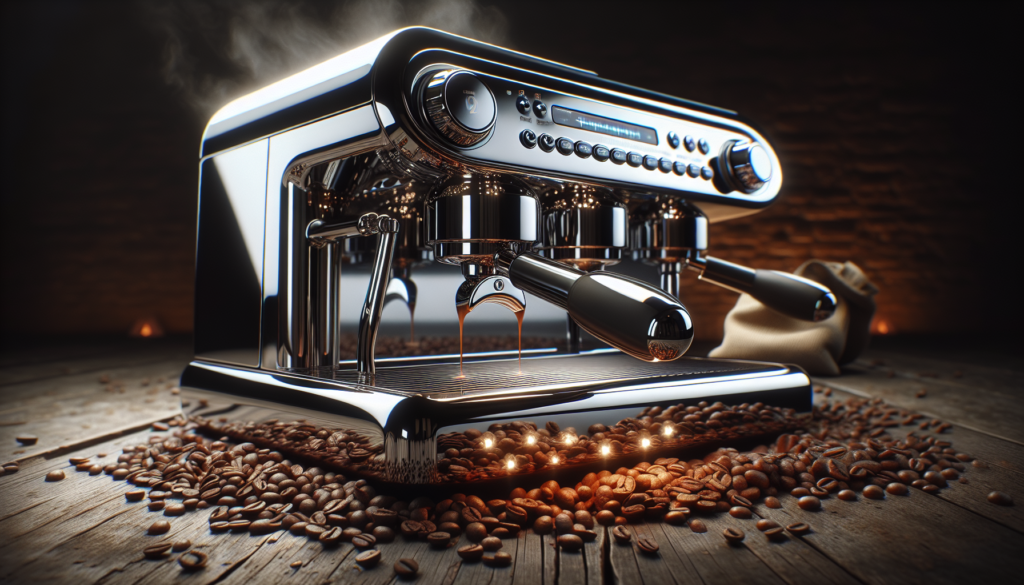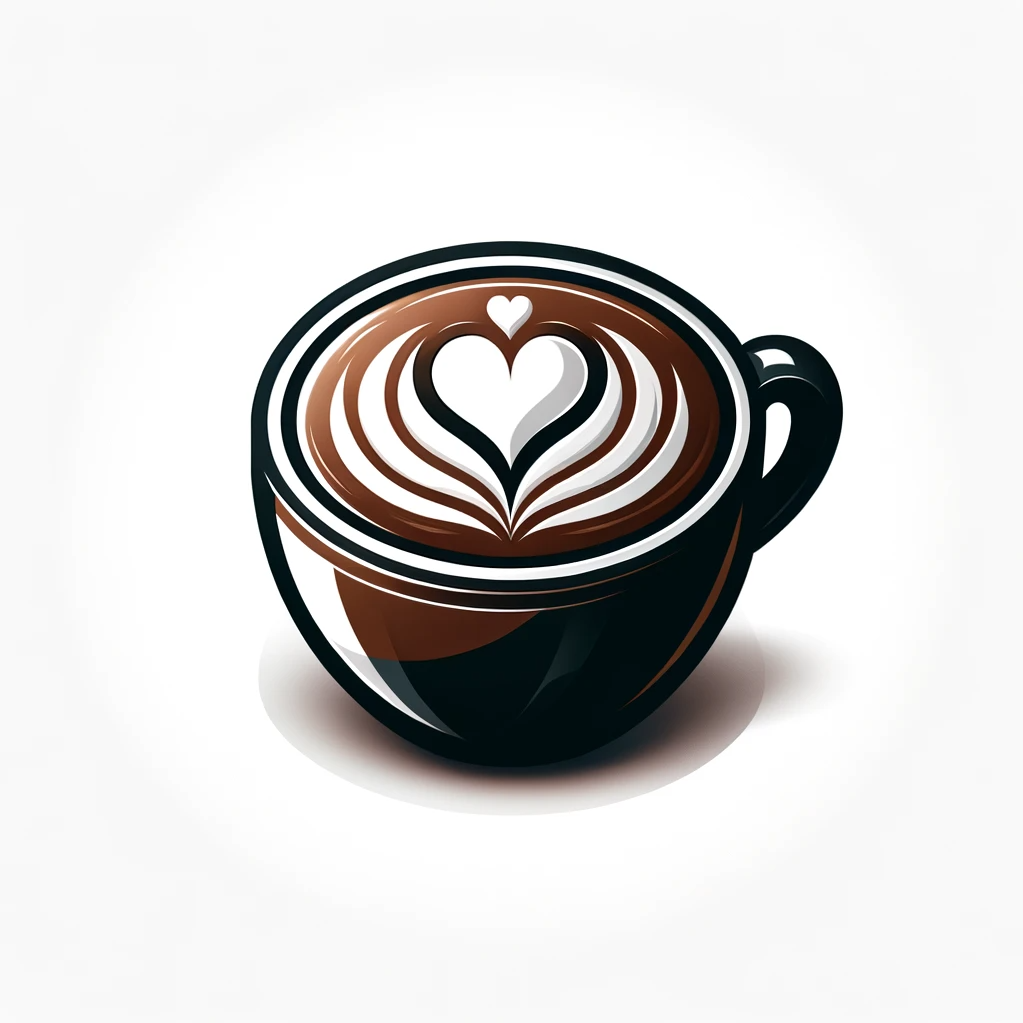Have you ever wondered if you can use regular coffee to make espresso at home? Well, the answer might surprise you. While espresso is traditionally made with finely ground coffee beans specifically labeled as “espresso,” it is indeed possible to use regular coffee for this beloved beverage. In this article, we will explore the world of espresso-making and uncover the secrets behind using regular coffee to achieve that rich and intense espresso flavor you crave. So, grab your favorite mug and let’s embark on this flavorful journey together!
Can I Use Regular Coffee For Espresso?

CHECK OUT ESPRESSO MACHINES ON AMAZON
What is Espresso?
Espresso is a concentrated form of coffee that is brewed by forcing hot water through finely ground coffee beans. The process of making espresso involves high pressure, which results in a small, concentrated shot of coffee that is rich in flavor and aroma. It is typically served in small cups and enjoyed as a standalone beverage or used as a base for various coffee-based drinks like lattes, cappuccinos, and macchiatos.
What is Regular Coffee?
Regular coffee, also known as drip coffee, is the most common type of coffee consumed worldwide. It is made by pouring hot water over coarser ground coffee beans and allowing the water to slowly drip through a filter, extracting the flavors and oils from the coffee grounds. Regular coffee is usually served in larger quantities and can be customized with milk, cream, sugar, and other additives to suit individual preferences.
Differences Between Espresso and Regular Coffee
While both espresso and regular coffee are made from coffee beans, there are several key differences between the two:
-
Concentration: Espresso is highly concentrated, typically containing 30-50ml of liquid, while regular coffee is more diluted, with a standard serving ranging from 120-240ml.
-
Brewing Method: Espresso is brewed using a high-pressure espresso machine, whereas regular coffee is made through a slower drip brewing process or other brewing methods like French press or pour-over.
-
Grind Size: Espresso requires finely ground coffee beans, almost resembling powdered sugar, while regular coffee can be brewed with coarser grounds.
-
Brew Time: Espresso is brewed rapidly, requiring only 25-30 seconds, whereas regular coffee requires several minutes of brewing time.
-
Flavor Profile: Due to the specific brewing method and extraction process, espresso is known for its intense, bold flavor and strong aroma. Regular coffee, on the other hand, tends to have a milder flavor profile.
Using Regular Coffee for Espresso
While it is technically possible to use regular coffee for making espresso, it is important to understand that the results may not meet the expectations of an authentic espresso experience. Using regular coffee for espresso involves certain challenges and compromises that can affect the taste, texture, and overall quality of the resulting beverage.
CHECK OUT ESPRESSO MACHINES ON AMAZON
Why Regular Coffee is Not Ideal for Espresso
There are several reasons why regular coffee is not ideal for making espresso:
1. The Grind Size
Espresso requires a very fine grind size, which is not typically found in regular coffee. The coarser grind of regular coffee beans will result in a less efficient extraction process and may lead to under-extracted espresso shots. The grind size directly influences the extraction time and the flavor balance of the espresso, so using regular coffee with the wrong grind size can greatly impact the taste and overall quality of the beverage.
2. The Brewing Method
The brewing method used to make regular coffee is not suitable for making authentic espresso. The high-pressure extraction process in espresso machines is designed to extract the flavors and aromas from finely ground coffee quickly and efficiently. Regular coffee does not go through this specific extraction process, resulting in a different flavor profile and weaker extraction.
3. The Flavor Profile
Espresso is renowned for its strong and intense flavor profile, which relies on the specific brewing method and the combination of fine grind size, high pressure, and precise water temperature. Regular coffee, with its coarser grind size and slower brewing process, will not deliver the same level of concentration and richness as a true espresso shot. The resulting beverage may lack the robustness and depth that espresso enthusiasts seek.
4. The Crema
One of the distinguishing features of espresso is the crema, a creamy golden layer that forms on top of the shot. The crema adds a velvety texture and complex flavors to the espresso, enhancing the overall experience. Regular coffee does not produce the same crema due to the differences in the brewing process and grind size. The absence of crema can significantly impact the mouthfeel and overall enjoyment of the espresso-like beverage made from regular coffee.
Alternative Options for Espresso-Like Coffee
If you don’t have an espresso machine or suitable espresso beans, there are alternative options to still enjoy a coffee that resembles espresso:
-
Moka Pot: A Moka pot, also known as a stovetop espresso maker, can produce a strong and concentrated coffee that mimics the characteristics of espresso. While it may not be an authentic espresso, it comes close in terms of flavor and intensity.
-
Aeropress: The Aeropress brewing method allows for a higher extraction and concentration compared to regular drip coffee. By adjusting the brewing parameters, such as the grind size and brewing time, you can create a coffee that resembles espresso.
-
French Press: While French press coffee does not have the concentrated nature of espresso, it can produce a fuller-bodied and more robust cup of coffee. By using a finer grind size and longer brewing time, you can achieve a coffee that captures some of the characteristics of espresso.
In conclusion, while it is technically possible to use regular coffee for making espresso, the differences in grind size, brewing method, flavor profile, and crema make it less than ideal. For the best espresso experience, it is recommended to use specific espresso beans and an espresso machine designed to extract the flavors and aromas properly. However, if you’re looking for an espresso-like coffee without the specialized equipment, exploring alternative brewing methods like the Moka pot, Aeropress, or French press can provide a satisfying substitute.

